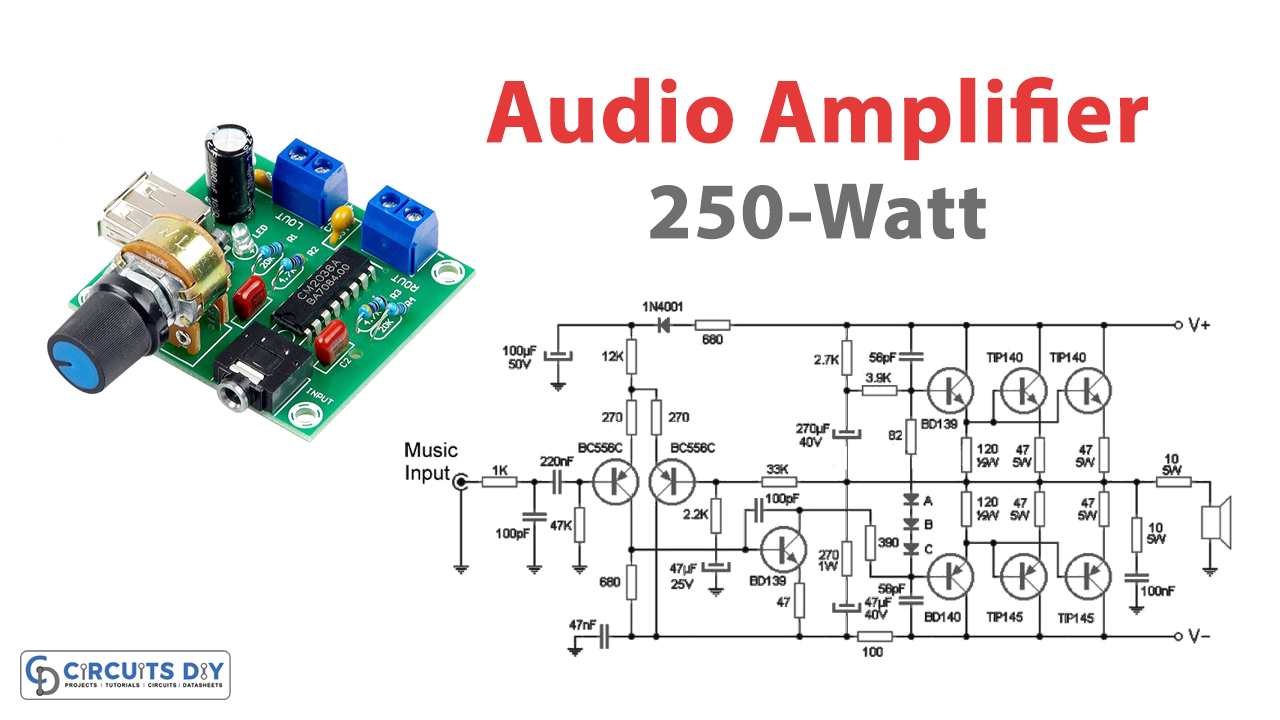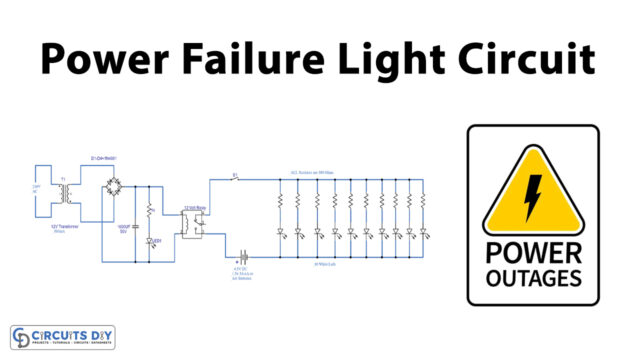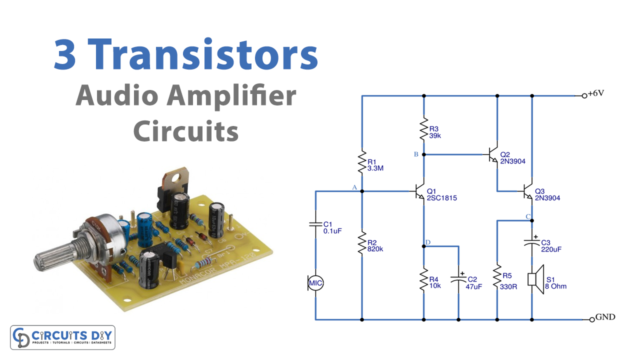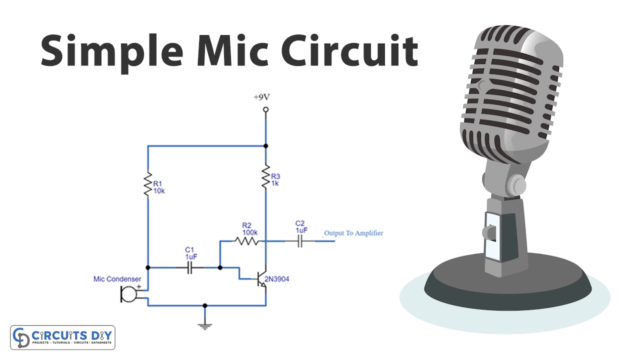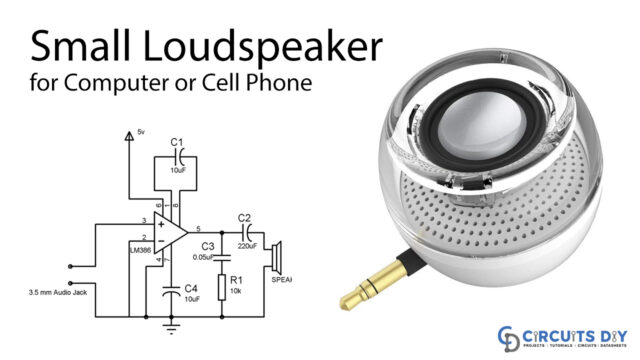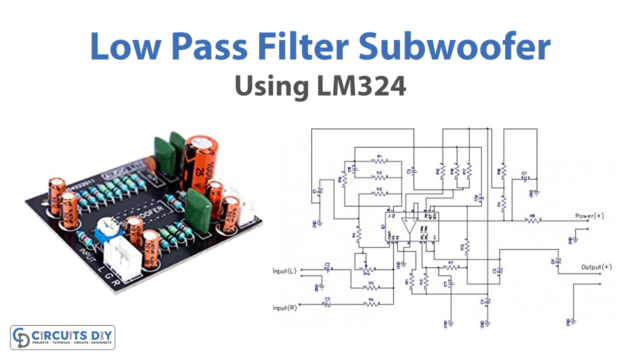Introduction
Want to boost the audio power of your music system? A simple 250-Watt amplifier circuit can do the trick. With a few essential components and a bit of soldering, you can create a powerful amplifier that delivers clear, distortion-free sound. Let’s dive in and learn how to make a 250-Watt amplifier circuit from scratch!
Hardware Required
| S.no | Components | Value/Model | Qty |
|---|---|---|---|
| 1 | Transistor | BC556C, BD139, BD140, TIP140, TIP145 | 2, 2, 1, 2, 2 |
| 2 | Capacitor | 47uF, 270uF, 100uF | 2, 1 |
| 3 | Non Polar Capacitor | 100nF, 56pF, 47nF, 100pF, 220nF | 1, 2, 1, 2, 1 |
| 4 | Resistor | 100, 270, 680, 12k, 1k, 47k, 2.2k, 2.7k, 33k, 3.9k, 390, 82, 120, 47, 10 | 1, 3, 2, 1, 1, 1, 1, 1, 1, 1, 1, 1, 2, 4, 2 |
| 5 | Diode | 1N4001 | 1 |
| 6 | Speaker | – | 1 |
Circuit Diagram
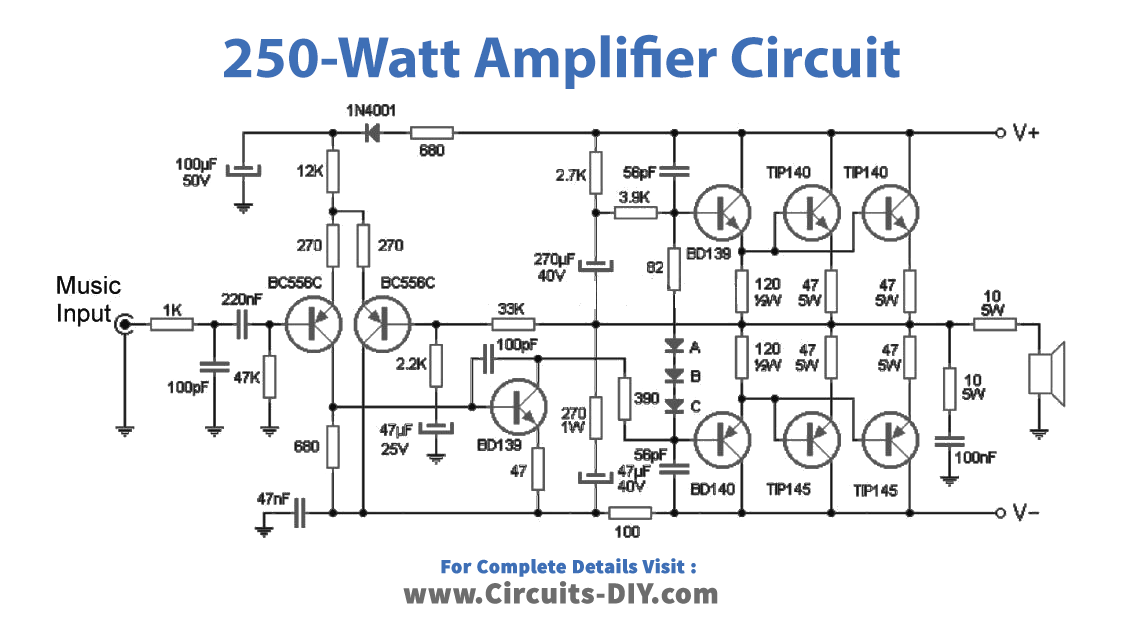
Working Explanation
The amplifier delivers 250 watts of music power to a 4-ohm speaker when properly mounted on large finned-type heatsinks. This ensures that the output transistors are kept cool and operate efficiently.
The music input is first filtered by an RC filter network located at the base of the pre-amplifier stage. This network is comprised of BC556 transistors, which not only filter the input but also act as a mirror amplifier. The RC network removes any high-frequency interference and only allows the music input between 10 Hz and 20 kHz to pass through.
The BC556 transistors also ensure that the subsequent stages in the amplifier operate with a constant current, which in turn leads to higher stability. The power amplifier stage is then directly connected to the mirror amplifier stage through a pair of 270 microfarad coupling capacitors.
The power output stage is designed to be highly efficient and deliver maximum power output. It uses symmetrical NPN-PNP transistor arrays. The NPN power transistor is driven directly by the BC556 pre-amplifier, while the lower PNP power transistor stage is connected through an inverting stage using a BC139 transistor. This configuration is essential, as the BC556 pre-amplifier is a PNP type and cannot directly bias the output PNP stage.
Power Supply
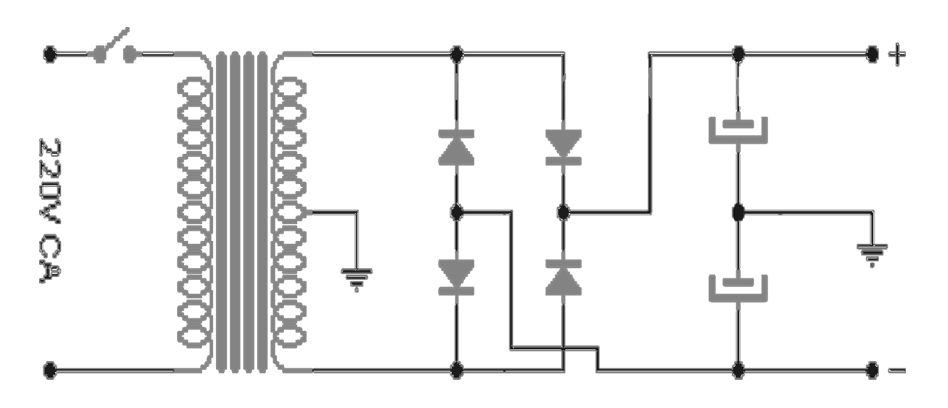
While a stabilized power supply is not necessary, it is recommended to have a well-filtered power supply for optimal performance. The transformer should have a secondary with a central socket of 32-0-32 volts (or 64 volts with a central socket) for a mono configuration and a current of 5 amps. For stereo, the transformer should have a current of 10 amps. The diodes should have a voltage rating of at least 100 volts and a current rating of 6 amps for mono and 12 amps for stereo. The capacitors should have a capacitance of 4700 microfarads and a voltage rating of 63 volts each. It is essential to use the recommended voltage ratings as higher voltages can affect the capacitor’s performance.
Final Words
With this guide, you now know how to make a simple 250-Watt amplifier circuit. Following the steps outlined, you can enjoy the power and clarity of a professional-grade amplifier. So grab your soldering iron, gather the necessary components, and get ready to amplify your audio experience.


